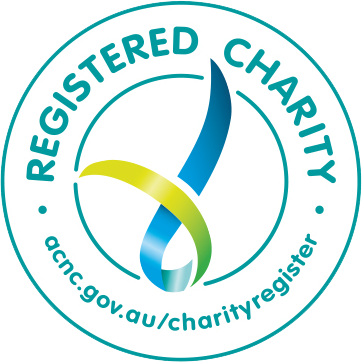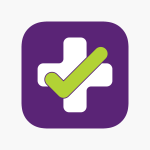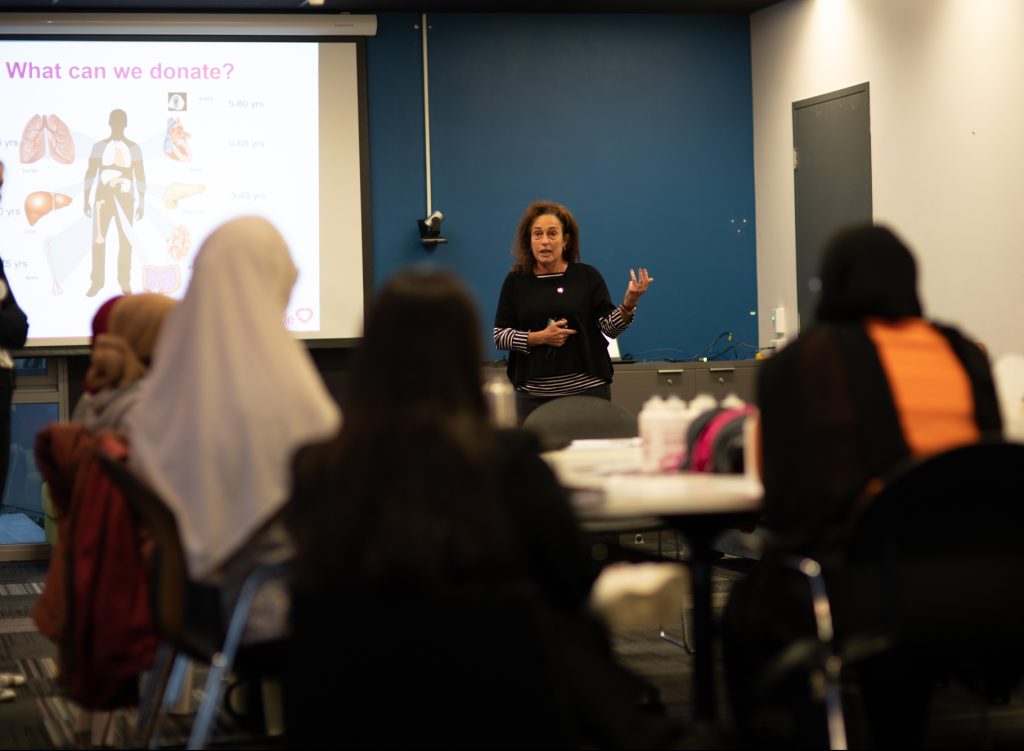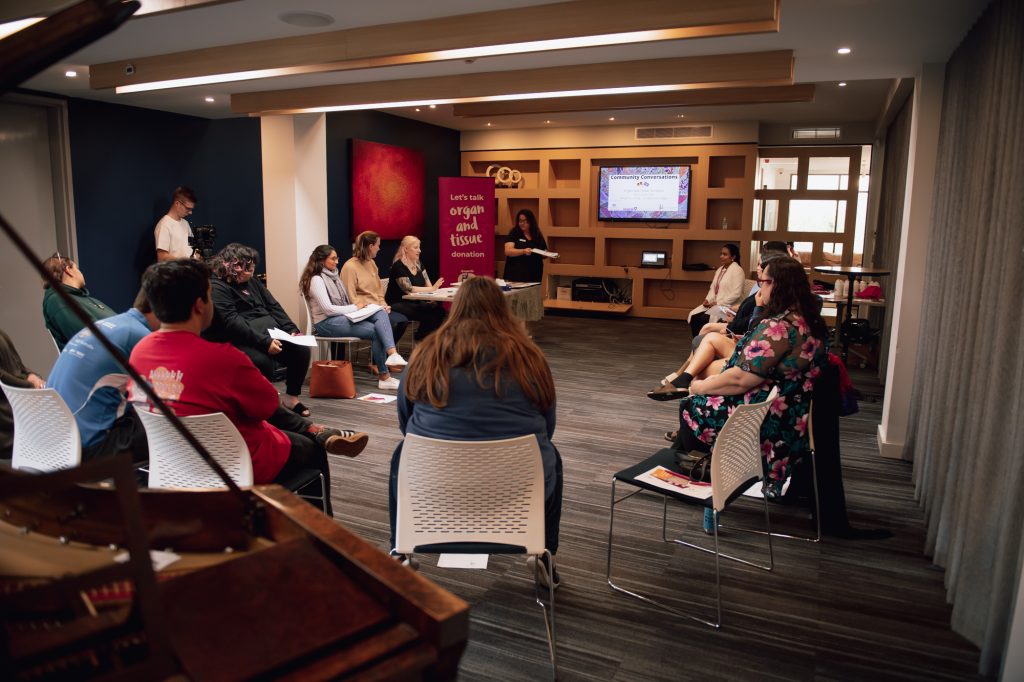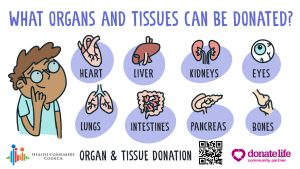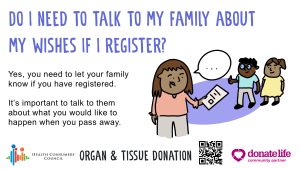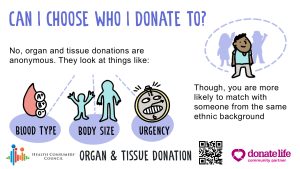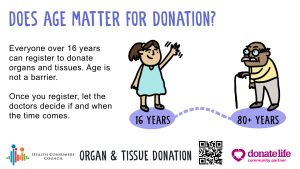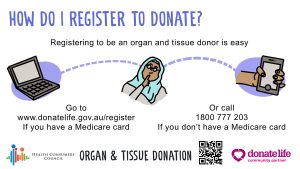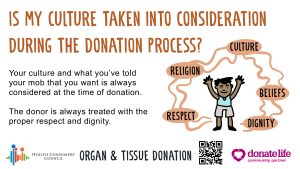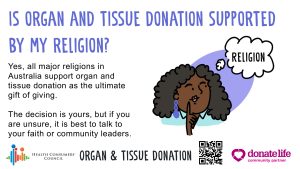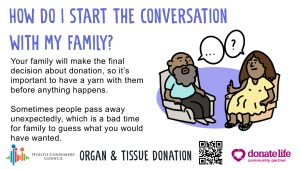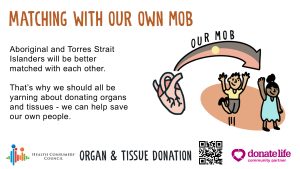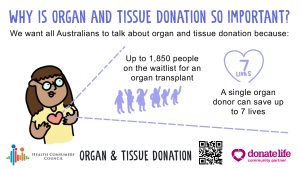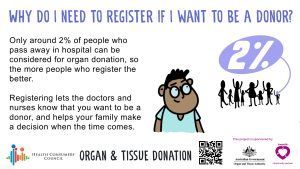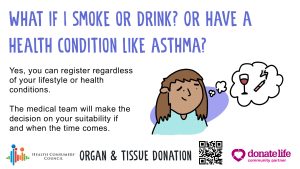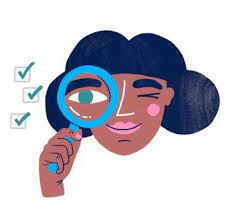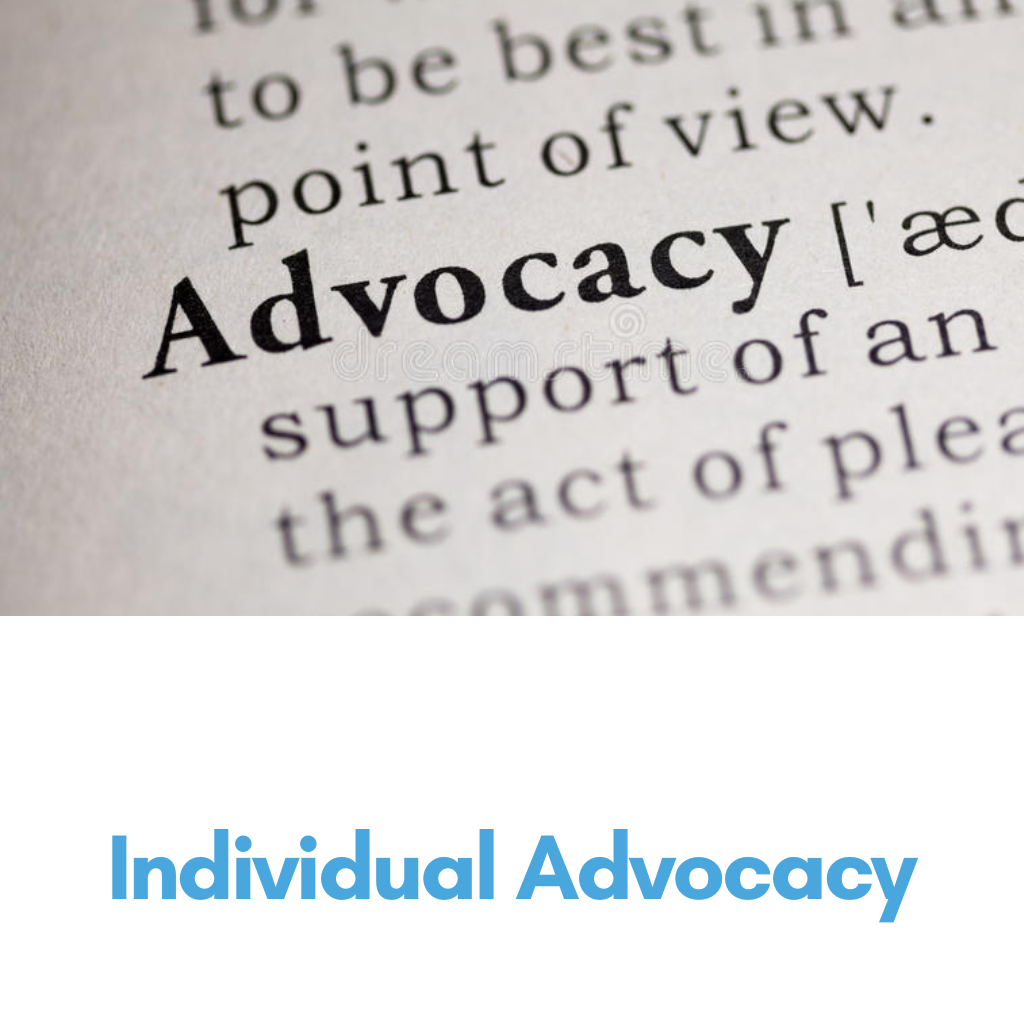You can call Outpatient Direct on 1300 855 275
Or download the ‘Manage My Care’ app here: https://www.healthywa.wa.gov.au/Articles/J_M/Manage-my-care. The app allows you to track your referrals and their status, see your upcoming appointments and their details, and allows you to change, accept or decline. You can add family members to the app as well! This app and number are for public hospitals only.
Alternatively, if your appointment or referral is for a private clinic, hospital or specialist, you can call the service directly and enquire about the status of your referral or the date and time of your appointments.
The easiest way to request a refund is to contact the service provider directly in writing or by calling the service, making sure you include the invoice number, amount and reason you would like a refund or waiver. Sometimes it may take some time for an outcome to be reached, and you can request that the account be put on hold until the outcome is decided.
Pathology clinics and St John of God Ambulance have dedicated billing and accounts phone lines that you can search. Sometimes bills may be reduced or a payment plan offered, and sometimes the request may be declined. Often services will ask if the consumer has a concession card or other financial stress that will make it difficult or impossible to pay. Feel free to use the following template in your request for a refund:
Sometimes appointments with health service providers can be daunting, and it can be difficult to keep track of the conversation while remembering to ask your questions or gain clarification. In these situations, there are several support options available to you:
- You are able to bring a support person to your appointment (family member, friend, support worker). This is often the best way of feeling supported in your appointments, as you have moral and emotional support, as well as a second pair of eyes and ears to take in what is being discussed.
- You can write down a list of your questions beforehand, and take it in with you to your appointment.
- You can request a written report of your appointment from the health practitioner which details the key points covered.
- You can ask that a sentence or piece of information be repeated if you are unsure of its meaning.
- You can take notes while in your appointment, so that you can keep a record of the things discussed.
If you are having a procedure done in an appointment and you would like support, you can request a chaplain or extra support person to sit with you and provide emotional support during your procedure. If this is something you may need, you can also call ahead of your appointment to request someone be available during your appointment.
Please click on the button below to download a list of FAQs and relevant information.
It is your right as a patient in the healthcare system (physical health, and voluntary or involuntary mental health) to have a second opinion regarding your care. You may want a second opinion because you’re unsure about your doctor’s diagnosis, medical advice or treatment plan. You might want to consult a doctor with more experience in your condition. Or you might just be looking for a better doctor-patient relationship. Not every doctor will be the right fit for every patient.
You can request a second opinion from your nurse or doctor while you are in hospital, and they may seek out a second doctor, or you may contact a doctor you know and trust who may be able to complete the second opinion.
If you are seen by a health professional in an outpatient setting, you can ask your GP to provide you with another referral for a second opinion if you disagree or are unsure of the recommended treatment plan. If you disagree with your GP’s assessment or plan, you can see another GP in the same clinic or in a separate one.
You can request a second opinion at any time you are unhappy with a specialist or health professionals opinion or plan. However, there may be consequences in requesting a second opinion in the public system, as often there are not enough resources to provide further opinions.
Out of catchment means that your address is outside of a health service’s geographical boundaries. This usually means that the hospital or public health service is unable to see or treat you, and will refer you to the hospital or service that provides to your catchment area.
To get a referral to a specialist, you will need to see your GP to discuss the reason you would like to see a specialist. It may also be helpful to have a particular specialist in mind that you can ask your GP to refer you to. Some specialists may see you without a referral, but you will be out of pocket the full amount, without medicare or health insurance rebates.
You ask! You can always ask your GP for a new referral, or you can request your care be taken over by someone else. This request can be in writing or verbal, and should be respected as long as there is capacity for this to happen. For example, if you wanted a new GP or psychologist within the same practice, you could ask that you be transferred or you can book your next appointment with the professional of your choosing. It becomes a little harder in the public health system, and especially limited in rural and remote areas where there is often a severe lack of healthcare options. If you would like to discuss this further, please call us on 9221 3422 (ext. 1) or email us at advocacy@hconc.org.au.
Schedule 8 medications are mainly pain medication and stimulant medications, and are usually seen as addictive, therefore distribution and prescription is monitored and restricted. If there has been suspected misuse/dependence of schedule 8 medication by a health professional, it may be reported to the Medicines and Poisons Regulation Branch, and your name placed on the Drugs of Dependence record. Your GP or another health professional is able to lodge an appeal to any notification made against you.
See the above drop-down for further information on appealing a notification on your record with the Medicines and Poisons Regulation Branch.
There are restrictions on the supply of certain pain and stimulant medications. These restrictions apply if you:
- have a specified medical condition such as psychosis or bipolar disorder
- are receiving medication to treat any substance use issues or concerns
- have a notation or record with the Drugs of Dependence record
- are not having your pain managed by a pain specialist
- and other restrictions
Your specialist needs to apply to the Department of Health for permission before prescribing the medication. Additionally you may be required to perform urine drug screens. Your consent is required for the specialist to send the information to the Department of Health.
This does not preclude you from accessing the most appropriate stimulant medication.
It is best to discuss the matter with your specialist. They can get in touch with the Department who will assist them to get the best possible outcome.
Further information on schedule 8 medication and prescription
The Health Consumers’ Council is unable to provide advocacy for consumers who are involuntary, or being held or treated on forms. This includes CTOs (Community Treatment Orders).
The Mental Health Advocacy Service provide this service to consumers who are under 18 years old (any status), who are living in mental health supportive accommodation (private psychiatric hostel) or if you are being held for assessment or on any forms.
Your rights as an involuntary consumer include the following:
- Right to information about your rights
- Right to ask questions and be fully informed about any treatment offered to you
- Right to receive a further opinion about treatment
- Right to have your involuntary status reviewed by the Mental Health Tribunal
- Right to be represented at a hearing before the Mental Health Tribunal
- Right to freedom of lawful communication
- Right to a medical examination after being admitted to a hospital
- Right to access your medical records
- Right to keep your personal possessions securely while you are a patient in a hospital
- Right to an interview with a psychiatrist
- Right to confidentiality
- Right to nominate a nominated person
- Right to have a treatment, support and discharge plan and be involved in the making of the plan, if you are an involuntary patient
- Right to make a complaint to the mental health service and/or the Health and Disability Services Complaints Office if you are unsatisfied
- Right to seek legal advice
- Right to access the Mental Health Advocacy Service
- If you are of Aboriginal or Torres Strait Islander descent, to the extent practicable and appropriate to have treatment provided in collaboration with an Aboriginal Torres Strait Islander mental health worker and significant members of your community including elders and traditional healers
For further information:
Mental Health Advocacy Service
Mental Health Commission Resources


